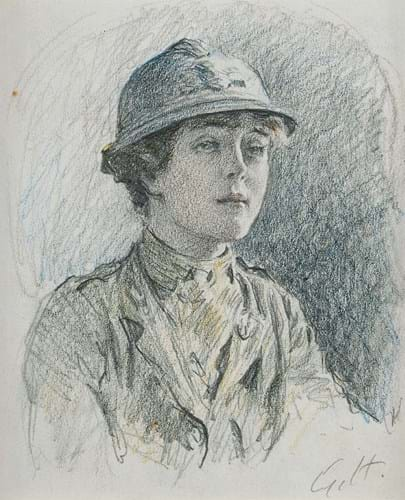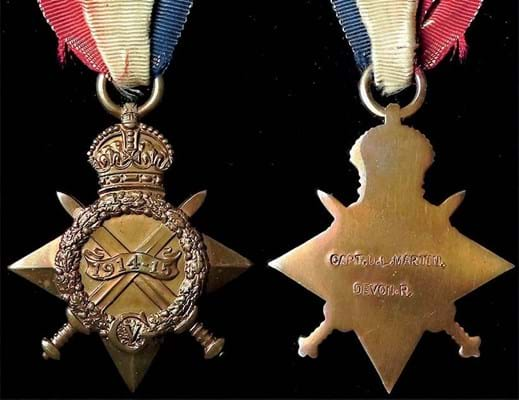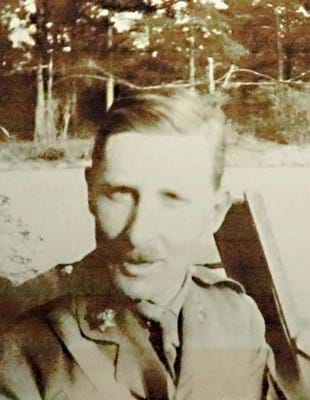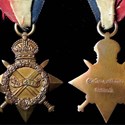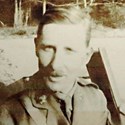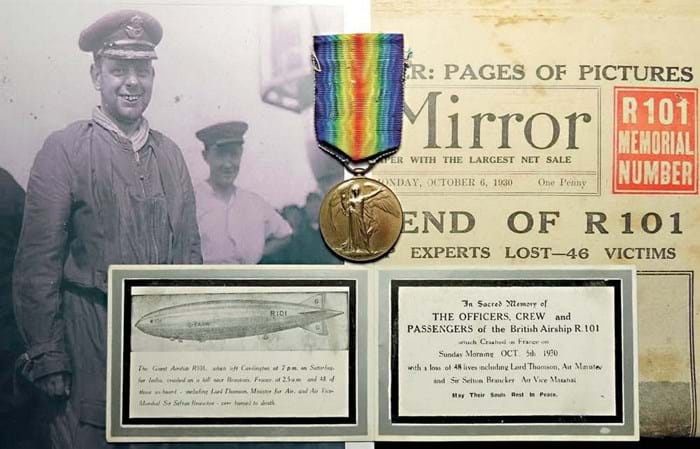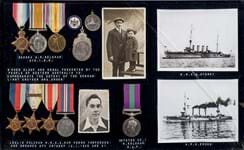Although she would later become one of the first women to be awarded the Military Medal, Sadie Bonnell was not so welcome on the front line as the First World War began.
At the outbreak of war, aged 26, she had joined the First Aid Nursing Yeomanry (FANY) as an ambulance driver.
Serving as a first aid link between field hospitals and the front lines, the FANY had been founded in 1907 as an all-women volunteer corps, with applicants requiring a breadth of skills to qualify, including first aid, horsemanship, veterinary work, signalling and camp cookery.
Despite the FANY being ready in 1914, the War Office had reservations, telling volunteers to ‘go home and sit still. No petticoats here’. Nevertheless, this rejection did not deter many joining the French and Belgian armies, while Bonnell aided the Canadian Army Service Corps.
Thousands of wounded soldiers required transportation from the front to advanced dressing stations, then on to field hospitals and channel ports.
This was by no means an easy task, carrying the seriously hurt over bumpy roads, in vehicles with little suspension and unreliable engines.
As the war progressed the work of the FANY was recognised and by January 1916 they became the first women to officially drive for the British Army.
Devotion to duty
A portrait of Bonnell sold by St James’s gallery Rountree Tryon shows her in FANY uniform in July 1918, two months after she had won her Military Medal on the night of May 18-19, 1918, after coming under heavy fire while collecting wounded from a dressing station near the front in an operation lasting five hours.
The citation from the London Gazette stated: “For gallantry and conspicuous devotion to duty, when an ammunition dump had been set on fire by enemy bombs and the only available ambulance for the removal of wounded had been destroyed… [Bonnell] arrived with three ambulances and, despite the danger arising from various explosions, succeeded in removing all the wounded. [Her] conduct throughout was splendid.”
Her award was presented in the field by Gen Sir Herbert Plumer, Commander of the 2nd Army and she was later given the actual medal by the king in 1919. Bonnell always made light of her bravery and was quoted as saying: “It wasn’t courage. I was there to do something useful. There was a job we had to get done.”
Seventeen FANY members were awarded the Military Medal – an award instituted in 1916 – by the war’s end (one Legion d’Honneur and 27 Croix de Guerre were among the other honours).
Wartime artist
The 5 x 4in (13.5 x 11cm) signed portrait, in pencil and coloured crayons, by Gilbert Holiday (1879-1937), was priced at £1950. Rowland Rhodes from Rountree Tryon said it sold within a few days of going on social media and the buyer is hoping to gift it to a national institution.
“Depictions of women from the First World War are extremely rare and one representing such heroism provides important insight into the role they played,” he added.
The artist himself also served during the First World War, initially as a gunner in the Royal Field Artillery on the Western Front and later as a reconnaissance officer which included high-risk missions sketching enemy positions in No Man’s Land. Holiday is noted as serving with distinction at Arras, Passchendaele and the Third Battle of Ypres.
A label attached to the reverse of this work states he drew Bonnell at Chalons in July 1918.
Single star
The identity of a brave individual also made a difference to when a First World War honour came up for sale at Lockdales (18% buyer’s premium plus VAT) in Ipswich on January 25-26.
It is not often that a single First World War 1915 Star makes £2300 at auction. But that kind of price is all about the recipient.
The medal in question as awarded to Capt Duncan Lennox Martin, 9th Bn Devonshire Regt, and had been estimated at £940-960.
Martin was one of the nearly 20,000 British soldiers killed on July 1, 1916: the terrible first day of the Somme. But he is particularly well known as a man who foretold his own death.
He had predicted that a German gun located in the Mametz village cemetery would cause heavy casualties during the advance. He had made a plasticine model (he was an artist) of the battlefield and realised the danger.
He was tragically proved correct, for when the Devons advanced that morning they were mown down. They suffered a total of 464 casualties, Martin being one of the first to fall. Nearly 160 of these men, including Martin, were buried in the trench from where they advanced.
A wooden sign was erected: The Devonshires held this trench. The Devonshires hold it still. Today, these words are immortalised in stone at the entrance to CWGC Devonshire Cemetery near the village of Carnoy.
The lot included documentation such as research with map and photos. It came from a private collection and sold to a collector in the north of England.
Transatlantic airship flier
Another single First World War medal which achieved a notable price in this sale was the £850 Victory Medal named for Major George Herbert Scott.
After serving with the Royal Naval Air Service (then RAF) in the war he went on to command the airship R34 on its return Atlantic crossing in 1919 – the first transatlantic flight by an airship and the first east-west transatlantic flight by an aircraft of any kind. He was killed later that year when the R101 crashed in northern France during a flight to India.
The lot’s appeal was also boosted by research, along with a “superb copy photo” of him, original R101 Memorial Card and an original newspaper covering the crash. It came from a Norfolk collection and sold to a buyer in the London trade.
Chris Elmy of Lockdales said: “The value of those medals is in the story behind them, the recipient, and the actions they were involved in. The value is usually increased if they were a ‘casualty’ or otherwise KIA (killed in action) unfortunately.”


